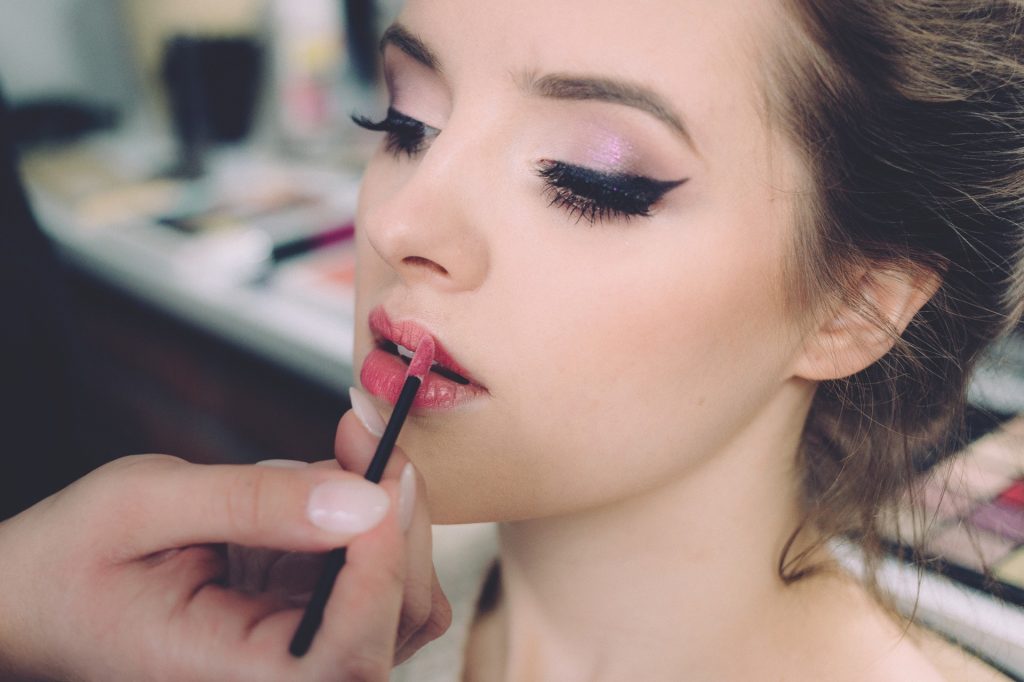If you are thinking about at least one of these remedies, what do you have to know before you even set foot in a cosmetic surgeon or physician’s office?
Fillers
As opposed to merely smoothing or tightening skin, an injectable dermal filler intends to alter the facial profile into a youthful one. The injection of filler substances under the skin may fill in deep folds, such as nasolabial folds (also called “bracket lines”, running from the nose into the mouth), create bigger lips. Collagen was the standard filler, but today hyaluronic acid with new names such as Restylane is popular.
How long can fillers last?
Hyaluronic acid fillers last six to 12 weeks; synthetic fillers like Radiesse 12 to 18 months. Fat transfers (where your body fat is extracted from a different body area, processed and injected into your face) can sometimes last a few decades, even though there’s a chance the fat will not remain long and will be reabsorbed back into the body.
The expense of one unit of non-fat filler is about $500–600. To see to the lines around the mouth, by way of instance, you’d require one ampoule of filler, and with therapy fees that the cost would total approximately $600–800.
The injectables hurt, and the pain will vary depending upon the individual and the area being injected. In places such as the nasolabial area, there could be a minor short-term burning. Anaesthetic is ordinarily used for the lips, as the injections cause burning and burning that is intolerable for many.
What are the dangers associated with fillers?
There may be significant complications in the event the operator accidentally injects filler to blood vessels, the most common being possible skin loss. Beware of permanent fillers, which are more prone to long-term and significant side effects.
Anti-wrinkle injections
The anti-ageing properties of the botulinum toxin (marketed as Botox and Dysport) are probably behind many a well-preserved confront in Hollywood and are available closer to home, too. It is powerful for”expression lines”, such as frown and shock lines on the forehead and crow’s feet around the eyes, and”turkey neck” — traces on the throat.
Botox is a prescription-only medication, although individuals that aren’t medical professionals do currently inject it. This may be accomplished by non-doctors getting prescriptions from physicians, or in the event of beauty practices, having one physician apparently supervising multiple non-medical injectors, without actually being in the area during the process. But beware of going down the bargain-basement route — botulinum is a powerful bacterial neurotoxin, and there are consequences if it is not used correctly.
Botox should be prescribed and used by physicians in appropriate environments. If it is being injected by someone else, it needs to be performed under proper supervision by a doctor in the room.
This is dependent upon how much is recovered. The number of units you will need will depend on how busy your muscles are. The purchase price for one unit is roughly $9–15. To see to the forehead you will need approximately 10 to 20 units, costing between $90 and $300, depending on how much your accountant fees. The price is about the same for treating crow’s feet.
The pain was described as like that of an ant bite, lasting for a couple of seconds.
The effects of Botox facial injections typically last a few months, but they can last longer with continuing therapy.

What could go wrong if you buy Botox?
Potential side effects of Botox are often temporary and limited to the area of injection.
In rare cases, the toxin’s effects may also spread from the injection site, causing more severe side effects such as issues with swallowing, speaking, or breathing because of a weakening of related muscles that can be severe in situations where larger doses of Botox are administered, like when treating spasticity.
Does preventative Botox work?
Botox is a commonly prescribed medication for a plethora of non-cosmetic health conditions. It helps people who have MS and cerebral palsy, and individuals are suffering from teeth grinding, incontinence and more.
It may be used on the armpits, face, feet and hands, and sometimes will be covered by Medicare. In the darkened region, 1 Botox treatment can alleviate excessive sweating for over six months and sometimes for over a year. It wears off after about a few months in the toes and about six months at the palms. The drawback is that injections at the feet and hands can be debilitating.
The procedure lasts between six and 12 weeks.
To deal with chronic migraines (those that occur over 14 days in a month), Botox is injected every 12 weeks around the neck and head.
Injectable checklist
-
- Pick a professional who is a qualified medical doctor — or supervised by one — to execute the process.
- Take a peek before committing to the injectables, and request a treatment plan to summarise how much work you need and how often you will need to return.
- Think about the ongoing cost of keeping up with the remedies.
- Be sure that you leave several days after attending your initial consultation and before obtaining injectables to give you time to consider your decision.

